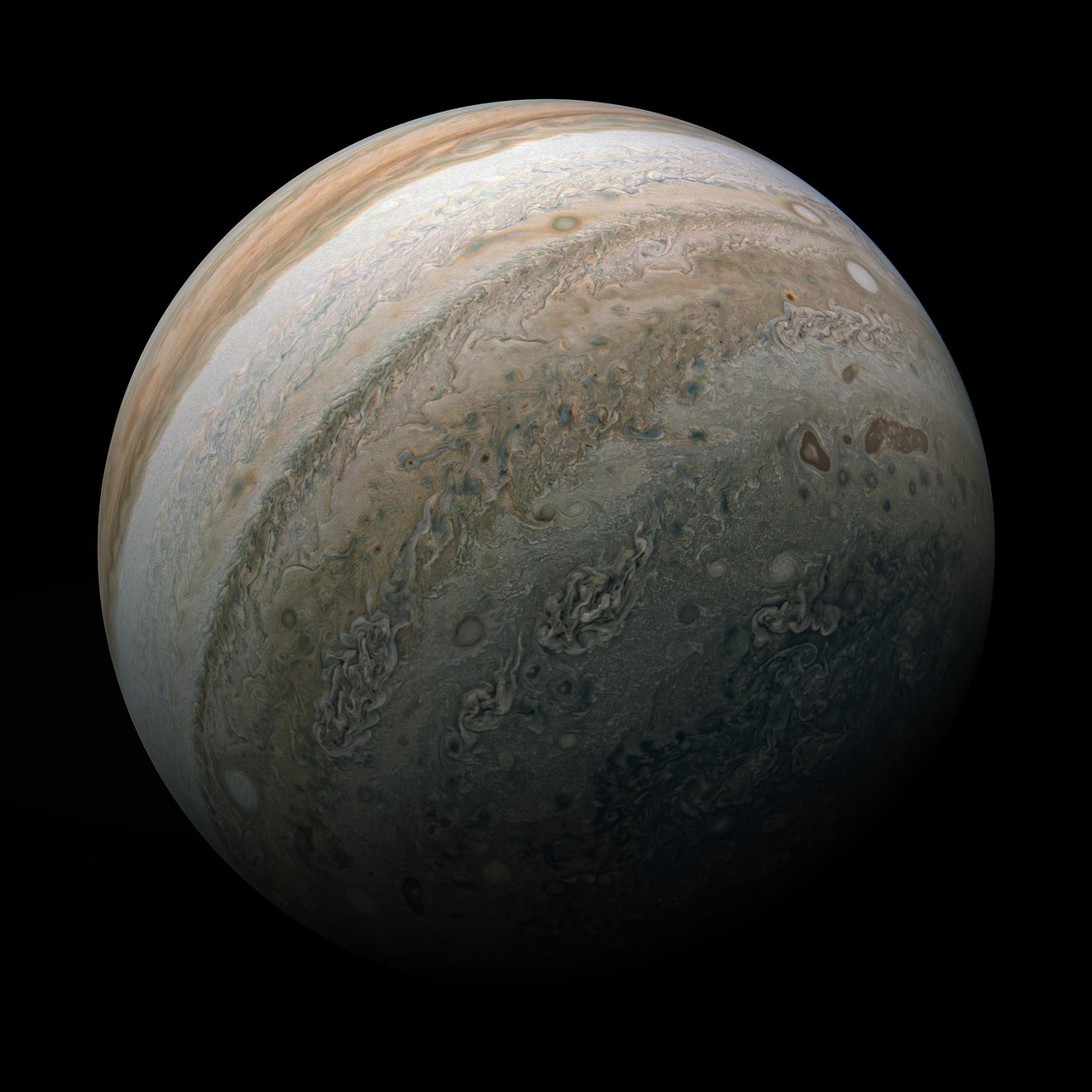Jupiter set to make its closest approach to Earth in last 70 years: When and where to watch?

Jupiter, the largest planet in our solar system, will reach opposition on Monday, September 26, making it visible all night and easy to see with clear skies. The giant planet will also be making its closest approach to the Earth in the last 70 years - a rare coincidence and a cosmic treat for all skygazers.
According to NASA, Jupiter's closest approach to Earth rarely coincides with opposition, which means this year's views will be extraordinary. At its closest approach, the gas giant will be approximately 365 million miles in distance from Earth. The massive planet is approximately 600 million miles away from Earth at its farthest point.
Jupiter reaches opposition every 13 months, making the giant planet appear larger and brighter than any other time of the year. From the viewpoint of Earth's surface, opposition occurs when an astronomical object rises in the east as the Sun sets in the west, placing the object and the Sun on opposite sides of Earth.
Adam Kobelski, a research astrophysicist at NASA’s Marshall Space Flight Center in Huntsville, Alabama recommends a larger telescope to see Jupiter's Great Red Spot - a storm the size of Earth that has been raging for hundreds of years - and bands in more detail. According to him, an ideal viewing location will be at a high elevation in a dark and dry area.
During opposition, Jupiter's four largest moons - Io, Europa, Ganymede, and Callisto -should appear as bright dots on either side of Jupiter in binoculars or a telescope.
"The views should be great for a few days before and after September 26. So, take advantage of good weather on either side of this date to take in the sight. Outside of the Moon, it should be one of the (if not the) brightest objects in the night sky," Kobelski said.










